14 Dec September 13, 2015
Potluck at Raymonde’s
Summer ends and the academic year begins at the university.
The Afterlife group members are back from their summer adventures. Some of us took trips abroad for projects and some of us worked from Montréal.
Before we parted for the summer, we had discussed some ideas on potential concrete outcomes of the group.
We should be applying for shows and thinking about what we would exhibit as individual artists and as a group. Velibor started collecting people’s proposals for the projects that they would like to show in an Afterlife exhibition. Thinking about how we would plan for ourselves for the next couple of years, we’ve broken up into small committees that take responsibility for searching for potential venues and putting together applications. For other activities, do we want to do a residency as a collective? We could go to Iceland? Switzerland? Is that possible? Start working on web-based archives? Do we need a team to organize and oversee the collecting of Afterlife materials?
As a result of the discussion, we come up with a few committees. The archive committee takes care of collecting and organizing the data—photographs, writings, sound recordings. The branding committee takes care of the online presence of Afterlife—looking into the possibility of designing a web archive. The exhibition committee has already started putting together writings and images for proposals. The curatorial committee takes care of planning and conceptualizing the shows, selecting the projects, and logistical details that pertain to the show.
The idea of the show is to present each member’s individual works under the concept of Afterlife, and draw connections between the projects in the space. We’ve agreed that working as a collective and producing an outcome as a collaborative effort could take shape in a publication, while the show would highlight individual practices.
But what is the “afterlife” that connects all of us, in the context of this research group? What is “afterlife” for each of us, in relation to each artist’s practice?
Raymonde says that it is something that happens when we are together as a group—around the dinner table, especially—when we are connected through conversations and the exchange of ideas. Velibor agrees that it is something intangible and invisible, the communal energy that we feel while we are in the same space.


